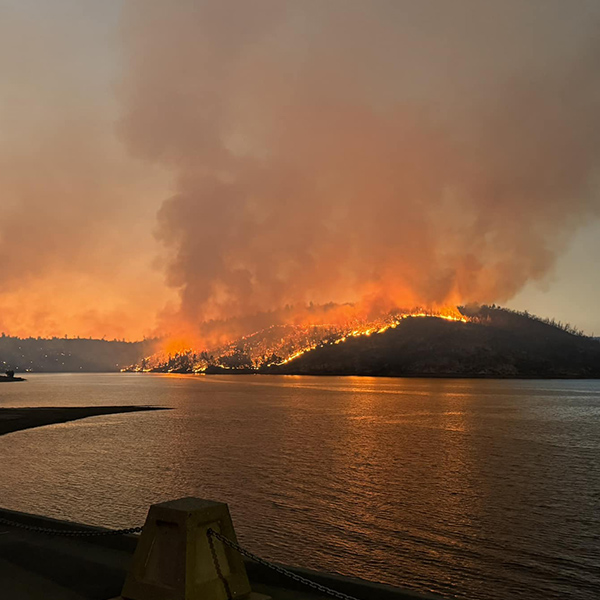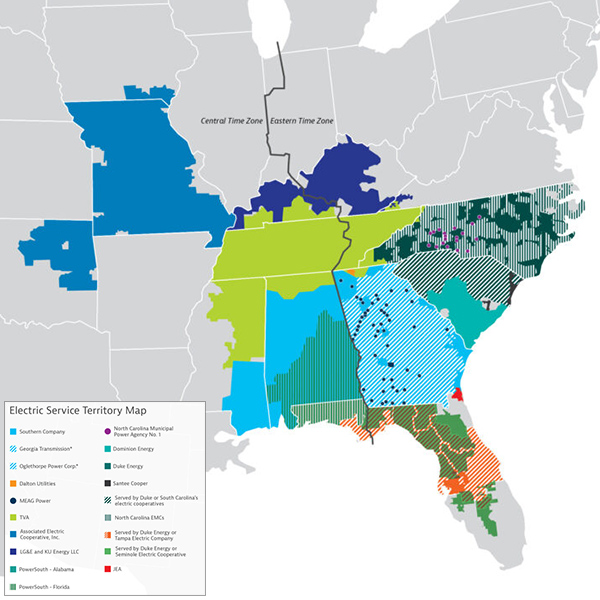Transmission Operations
Questions from energy reporters at a USEA briefing on emerging cleantech shifted the focus to what will happen to U.S. energy policy if Donald Trump is re-elected president.
Ten East Coast states signed a memorandum of understanding to set up a framework to coordinate interregional transmission planning and development.
CAISO declared its first transmission emergency of the summer as a fast-spreading Northern California fire forced PG&E to de-energize transmission lines near one of the state’s key hydroelectric facilities.
FERC denied a complaint by energy conglomerate Saavi alleging CAISO unlawfully terminated the full capacity deliverability rights for its gas-fired generating unit in Mexico that previously was interconnected with the ISO’s grid.
FERC is moving forward on its examination of dynamic line ratings, with the issuance of an Advance Notice of Proposed Rulemaking indicating the commission is considering requiring the transmission industry to adopt the technology.
ISO-NE announced its plans to increase the transfer limits of three interfaces in Maine at the Planning Advisory Committee’s meeting.
FERC requested stakeholder arguments on whether SEEM should be considered a loose power pool under Order 888.
The Western Area Power Administration’s non-jurisdictional Open Access Transmission Tariff does not meet the standard of an “acceptable reciprocity tariff,” despite recent revisions the federal power agency incorporated into the tariff, FERC ruled.
The use of distributed energy resources can reduce grid costs, delay system upgrades, authors contend.
SPP filed bylaw amendments at FERC to place seven Western entities under its tariff that, if approved, will make the RTO the first grid operator with markets in both major interconnections.
Want more? Advanced Search









